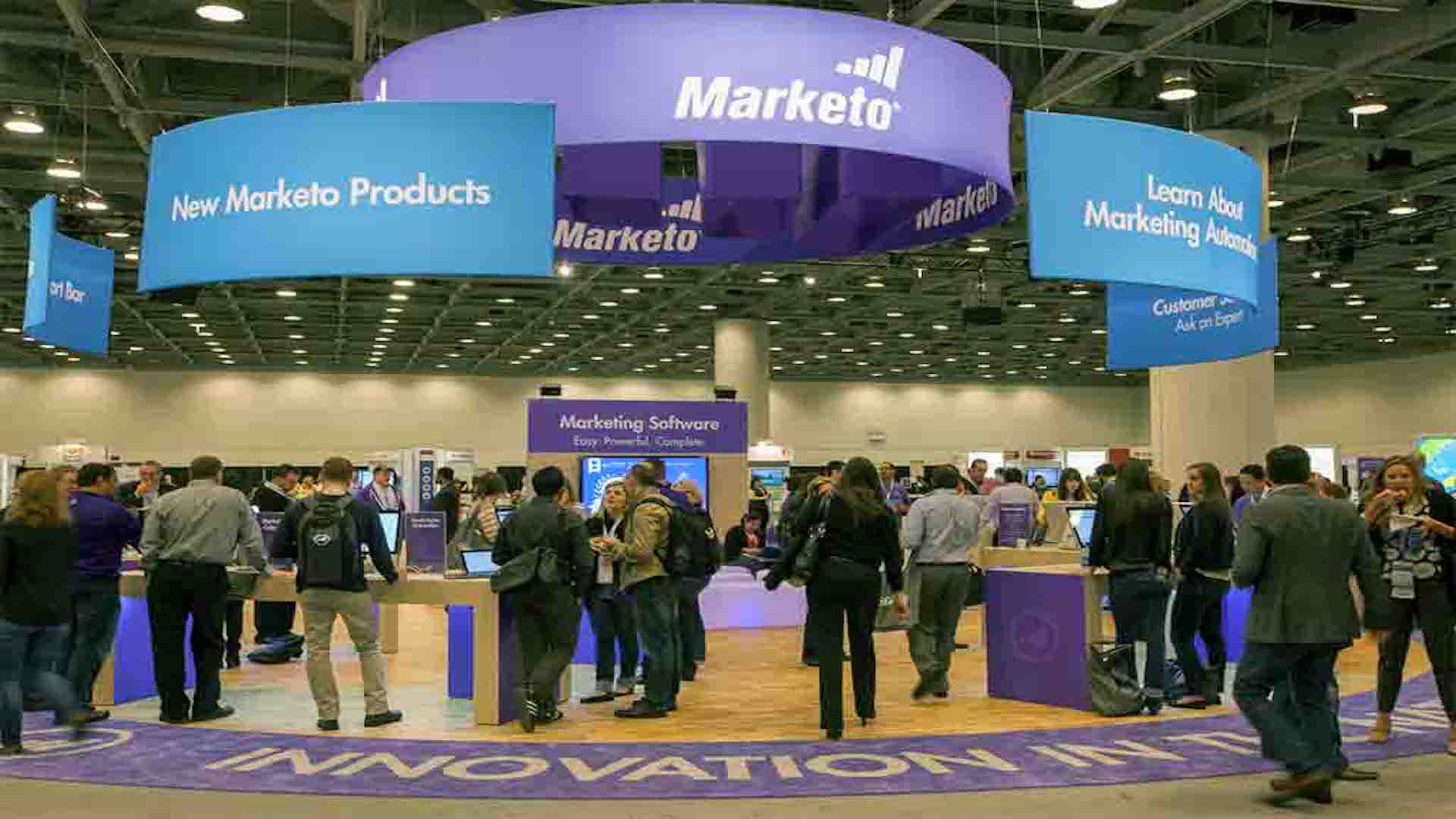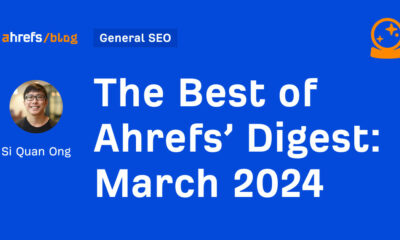One of the biggest stories from Marketo’s latest release is their planned entry into the world of chat software. This wouldn’t be the first company in the last year to enter into the chat software space. ZoomInfo acquired chat software, Insent.ai, in June 2021.
As chat software users ourselves, we’re advocates of using conversational marketing to engage with website visitors and are looking forward to this feature. It’s one more way we can engage with prospects; and personalize messaging. For example, you might upload your target account list and create a unique conversation with them versus all other visitors. Or, you can tailor messaging to return website visitors versus first-time visitors.

It’s not often companies provide added value like this Marketo chat functionality without charging for the feature as an add-on or upsell. This seems to be the exception versus the norm so I’m feeling obligated to give Marketo a pat on the back.
Chat in the Hat
As mentioned, Marketo has announced its intention to get into the chat game, joining others including Drift, ZoomInfo, Intercom, and LiveChat to name a few. According to Marketo, the 1:1 personalized conversations will include the ability to book meetings directly in the chat, lead routing, starter templates, and drag-and-drop conversation creation.
In our recent 2022 study of Marketo users, 49.2% of respondents said chat integration is important or extremely important for their business. Clearly, there is room for growth when it comes to proving the importance of chat to current Marketo users. By comparison, 74.4% of respondents said attribution is important or extremely important for their business. Source: 2022 Marketo User Study
Read next: Drift extends offerings across customer lifecycle
Why we care. Looking to peer-to-peer review site G2 for a lay of the land, we found 422 companies listed under the category “live chat software.” Marketo does seem to be entering a competitive space. Regardless, their intention to include this feature within all packages will certainly turn heads amongst the competition.
The business side of me is having fun running through all of the future scenarios. Could there be a consolidation of MarTech with this feature addition? In other words, those who previously used a third party chat platform can potentially achieve the same goal using Marketo. Or, will dedicated chat software tools like Drift continue to win as a result of their extreme focus on delivering the best chat experience to the market?
According to Marketo, “Dynamic Chat is included in all Marketo Engage packages and will be rolled out to all Marketo Engage users this year”. At Adobe Summit, we learned a phased rollout to all customers will occur in the next 6 months. It’s also unclear if the platform was “build or buy”. Either way, as users of chat functionality, we look forward to testing Marketo’s version of dynamic chat.
Bot Activity 2.0
When Marketo released their bot activity filter on emails, we didn’t hesitate to enable this feature. As a refresher, go to Admin > Email and select the bot activity tab to active/deactivate the filtering of bot activity. After making the change, we found the impact to be fairly low and we’ve heard similar from our clients.
And now, the feature has been expanded to log activities identified as bots and both filter and trigger based on these activities. In the same location, there is a new toggle to turn on called “Log Bot Activity.”
Why we care. This new feature will allow you the ability to filter and trigger actions based on activities that are identified as being performed by bots. You will find “Is Bot Activity” and “Bot Activity Pattern” as new constraints as seen in the example below.
According to VP of Consulting at Perkuto + MERGE, Judi Cousineau, a use case for this functionality includes removing scoring and lifecycle changes if the activity was performed by a bot. Amanda Giacobassi, Director of Solutions Architecture at Perkuto + MERGE adds, “You might negatively score people with bot behavior, or use the filter constraints to exclude contacts with bot activity from your email audience lists.”

Next-Gen Experience Automation
By the way, Next-Gen Experience Automation is “Before & After” for my fellow Wheel of Fortune fans.
The Next Generation Experience will receive a design and usability update for the import program workflow. The release didn’t indicate too many details as to what we might expect, so we look forward to learning more in the next release webinar.
For Experience Automation updates, users will have the ability to expand connectivity between Marketo and their MarTech stack. This is done by authoring customized flow steps for use in Smart Campaigns which comes with what Marketo calls, Self-Service Flow Steps (Beta).
And, the Smart Campaign Priority Override provides users with the ability to prioritize campaigns; overriding the standard campaign priority ranking. This update will free up processing resources for other high-priority tasks, according to Marketo.
Get the daily newsletter digital marketers rely on.
- Import Program Workflow: She shares our curiosity about the usability enhancements; wondering if they will be UI enhancements only? What a real cliff-hanger.
- Self-Service Flow Steps: From what we know so far, she believes this will not open up the API to the smart campaign UI (e.g. something that would allow creating and editing custom object records in the UI), but rather making webhook type functionality available in batch and executable campaigns.
- Smart Campaign Priority Override:. According to Amanda, “This will be immediately useful for enterprise level organizations who have issues with operational campaigns taking too long to run. This might be a nice approach to order management concerns as well.”
API Enhancements
The next batch of API enhancements includes:
- Return Disable Open Tracking Status of Emails
- Retrieve Dynamic Content Subject Lines from Email
- Program Member Custom Fields CRUD
- Bulk Custom Object Export updatedAt Filter
- Expose Head Start Setting for Email Programs
- Selective Program Tag Update
Why we care. Our subject matter expert, Amanda, believes open tracking and dynamic content subject lines will have a positive impact on external reporting. She also cites the custom object export and head start setting as interesting related to work in enterprise automation platforms like Workato. Having less impact overall, she notes program member custom fields and tag updates given they are rarely used in UI as is.
View the complete set of March 2022 Marketo Release Notes.
This article is presented through a partnership between MarTech and Perkuto + MERGE , a marketing operations consultancy.
Opinions expressed in this article are those of the guest author and not necessarily MarTech. Staff authors are listed here.





































You must be logged in to post a comment Login